Frederica Freyberg:
This week, our partners at WisContext landed in the middle of the gerrymandering lawsuit before the high court because Republicans filed an amicus brief in the case citing analysis from the UW Applied Population Lab that looked at the density of voters by county in Wisconsin. But was that analysis published in a WisContext report an apples-to-apples argument for justices to consider? We ask its author, Malia Jones. Thanks for being here.
Malia Jones:
Thanks for having me.
Frederica Freyberg:
How surprised were you that your research and analysis ended up in this amicus brief on the part of the RNC?
Malia Jones:
We were very surprised. That is certainly not something I expected to have as an outcome and probably will never happen to me again.
Frederica Freyberg:
As we suggested, though, was this an apples-to-apples application of your research to this gerrymandering case in your opinion?
Malia Jones:
It really was not because the amicus brief talks about our report, which analyzed the population density at the county level of Wisconsin, and partisanship at the county level. And this case is really about Assembly districts, which are in some cases larger than counties, and in other cases much smaller than counties. So it really is not an apples-to-apples comparison.
Frederica Freyberg:
So what did your research show?
Malia Jones:
So what we showed was that counties in Wisconsin, like in many other places, have become more concentrated in terms of partisanship over time and especially urban counties have become more and more Democratic-leaning over time. Where rural counties, many of them remain mixed, but overall becoming less Democratic over time.
Frederica Freyberg:
So that’s what you showed. How did the RNC use it?
Malia Jones:
The RNC used this analysis to support their argument that one of the two main processes that’s used to achieve gerrymandering, which is called packing, is not something that the Republican majority in the state legislature did on purpose, but was just sort of a natural demographic process related to how populations have changed over the course of the decades. And so they used our brief or our report to support their argument that actually packing is happening, happening sort of as a natural background demographic process.
Frederica Freyberg:
Packing is happening as kind of a self-selection process?
Malia Jones:
Exactly. So people are self-selecting into urban places and that’s why we see “packing” in these urban legislative districts in places like Milwaukee and Madison.
Frederica Freyberg:
But so how are these kind of political geographies not equivalent, the county versus the legislative boundary lines as drawn?
Malia Jones:
So the main way that they are not equivalent is that legislative boundaries are redrawn every ten years, specifically to respond to population change. And we do that in order to maintain the equal representation or the one person/one vote rule. So as urban places grow and rural places many times stay the same in terms of population or even decrease in terms of population, the district boundaries have to be redrawn in order to ensure that each person has about an equal amount of representation in state government. And so that — those Assembly district boundaries are purposefully redrawn. And they’re done in this state by the party who is in power at the time. Whereas county boundaries in general, they remain fixed except for exceptional cases where something happens that changes the county boundary. So they’re just not at risk for manipulation for political purposes.
Frederica Freyberg:
So did you have any discussions with either side of this case about your analysis or the use of it?
Malia Jones:
We did not have direct discussions with either side of the case, but when we saw that the brief had been filed by the RNC, I really wanted to respond with my opinion about whether that was appropriate. And so we did publish a follow-up report where we go into some detail about how equivalent these two different kinds of geographies are and why they really are not equivalent.
Frederica Freyberg:
And any response to that on your part? Any response to your response?
Malia Jones:
Not from anybody who’s been involved in the case. Although we’ve had a positive response from readers on it.
Frederica Freyberg:
So what do you expect to research in regard to this issue coming up?
Malia Jones:
Well, we’ll be very interested to follow the Supreme Court case outcome and see — and especially see if we will be required to draw new boundaries if the court upholds the lower court’s decision that this was a case of gerrymandering.
Frederica Freyberg:
All right. Malia Jones, thanks very much for your work.
Malia Jones:
Thanks for having me.
Search Episodes

Donate to sign up. Activate and sign in to Passport. It's that easy to help PBS Wisconsin serve your community through media that educates, inspires, and entertains.
Make your membership gift today
Only for new users: Activate Passport using your code or email address
Already a member?
Look up my account
Need some help? Go to FAQ or visit PBS Passport Help
Need help accessing PBS Wisconsin anywhere?

Online Access | Platform & Device Access | Cable or Satellite Access | Over-The-Air Access
Visit Access Guide
Need help accessing PBS Wisconsin anywhere?

Visit Our
Live TV Access Guide
Online AccessPlatform & Device Access
Cable or Satellite Access
Over-The-Air Access
Visit Access Guide
 Passport
Passport


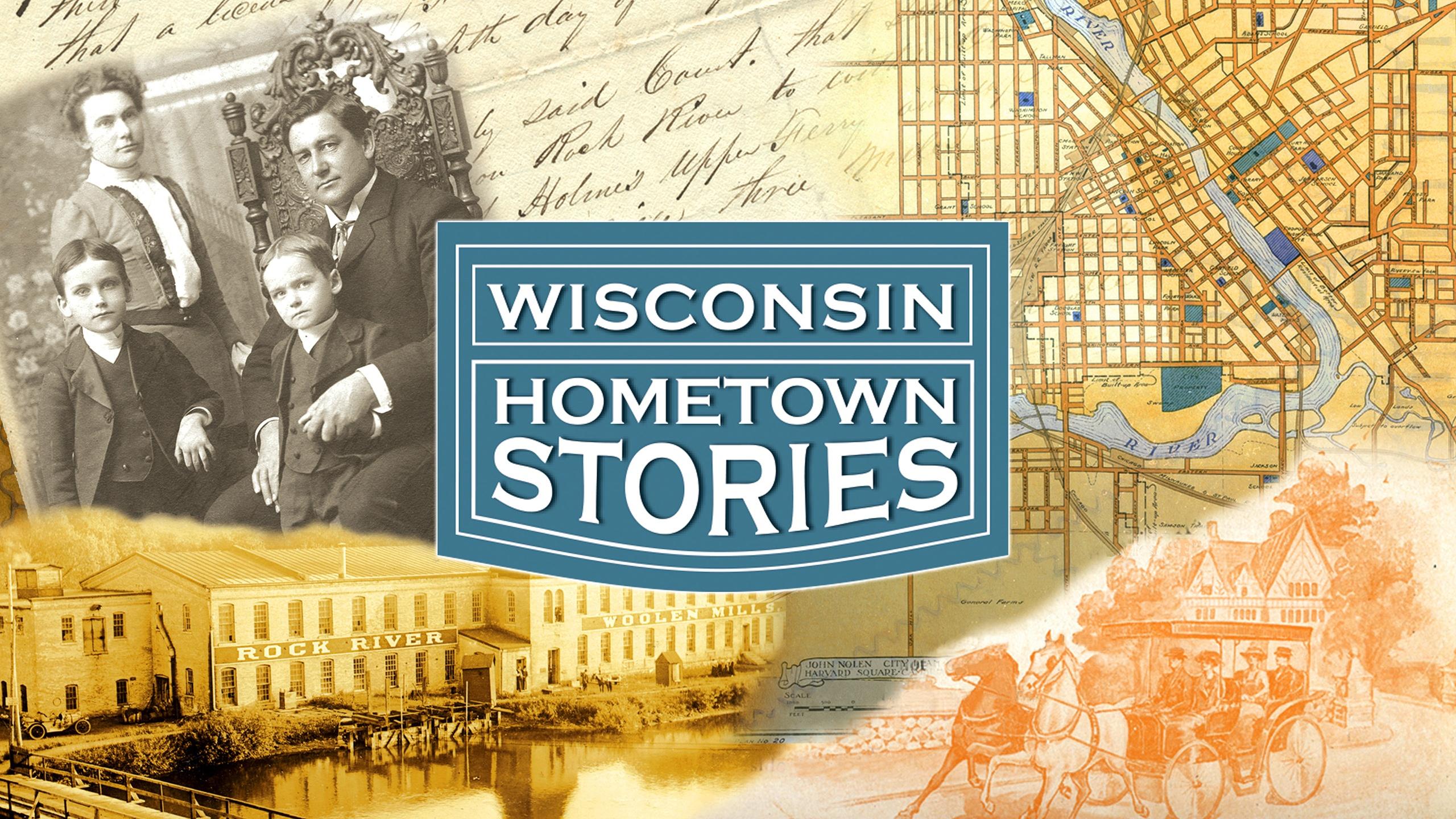


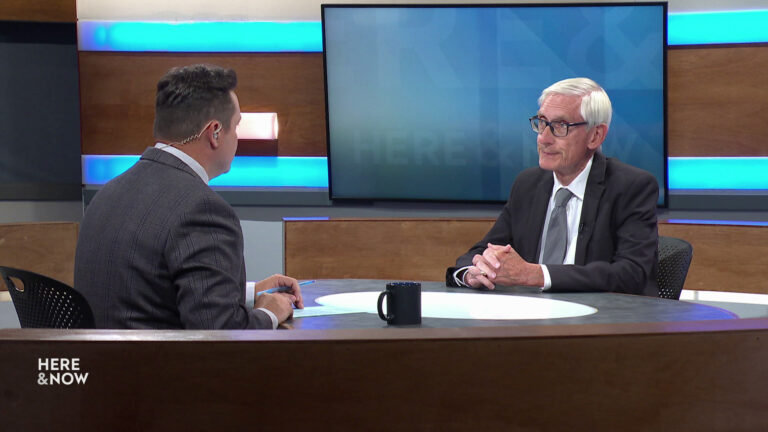
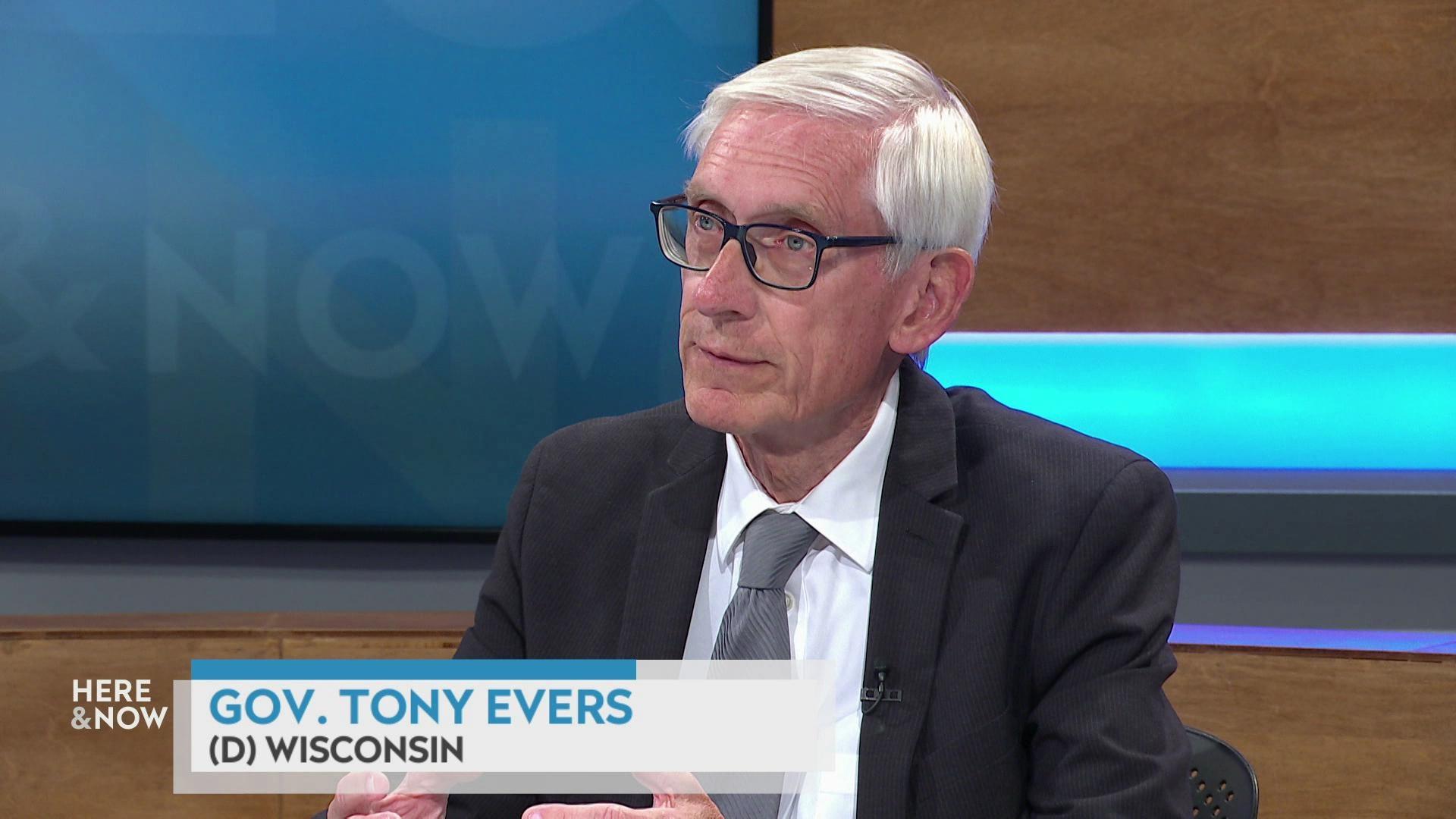
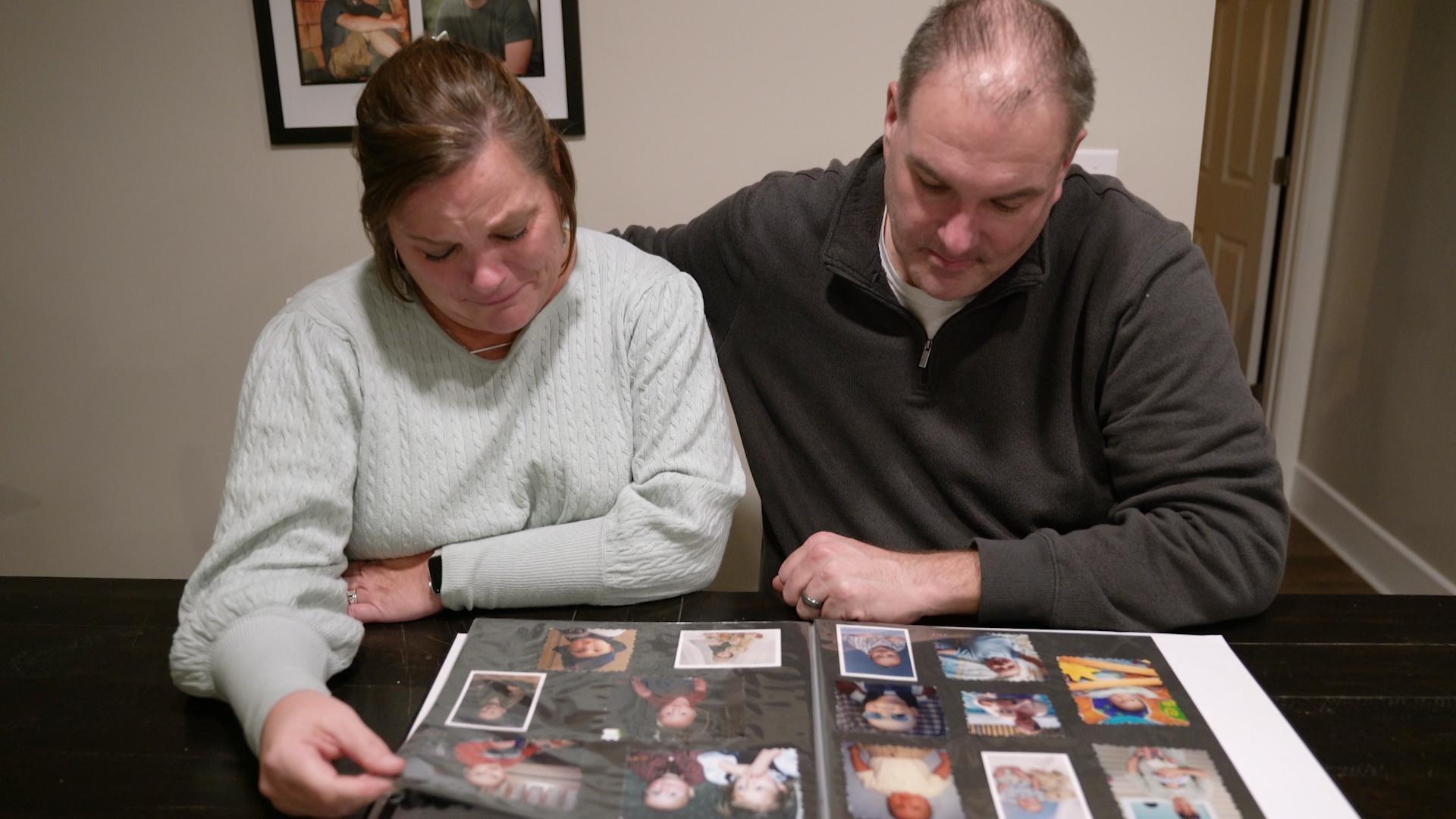
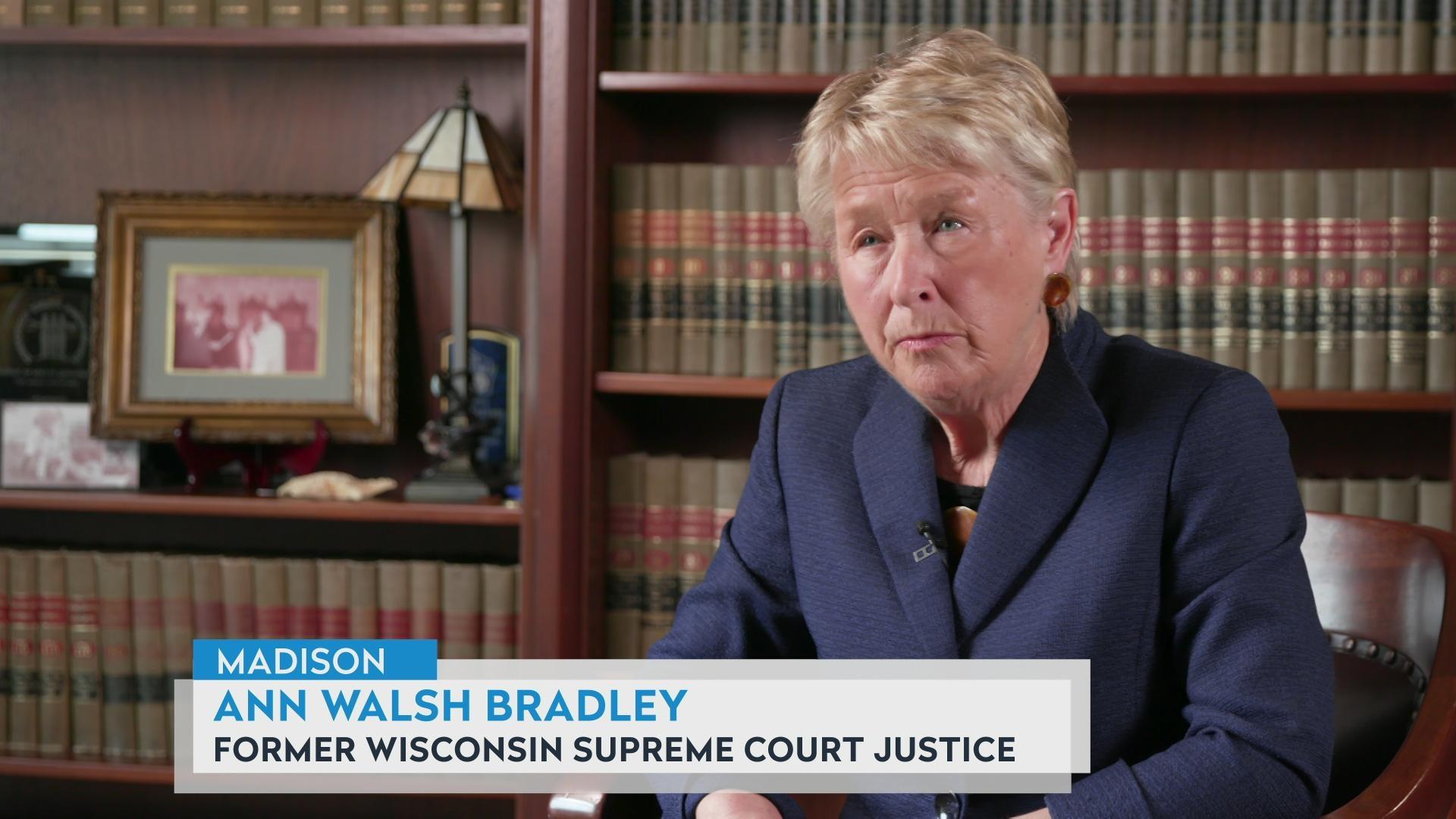
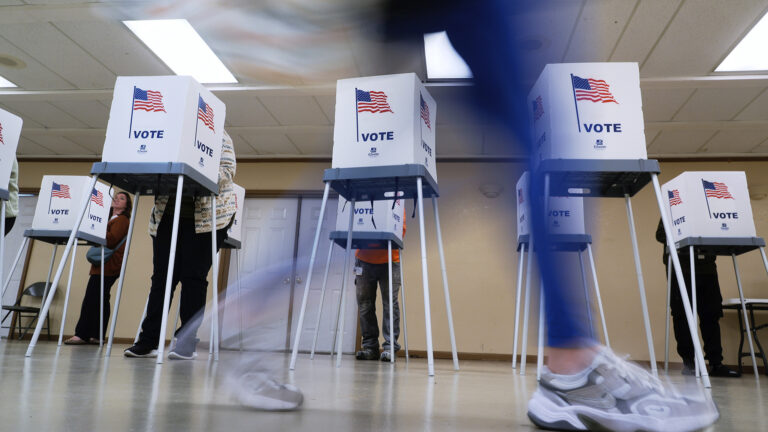
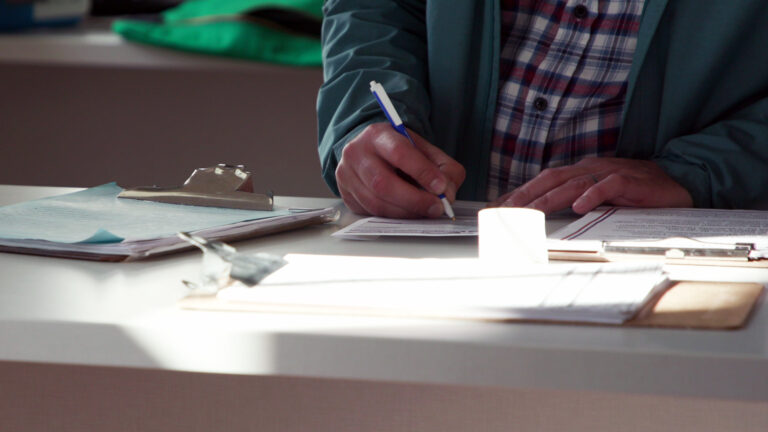
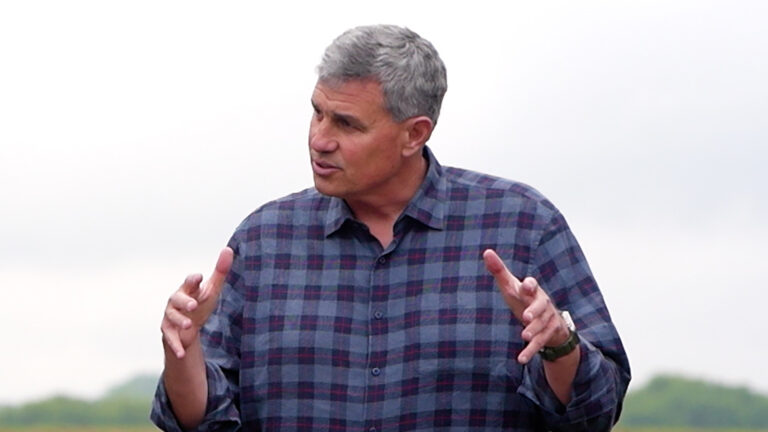
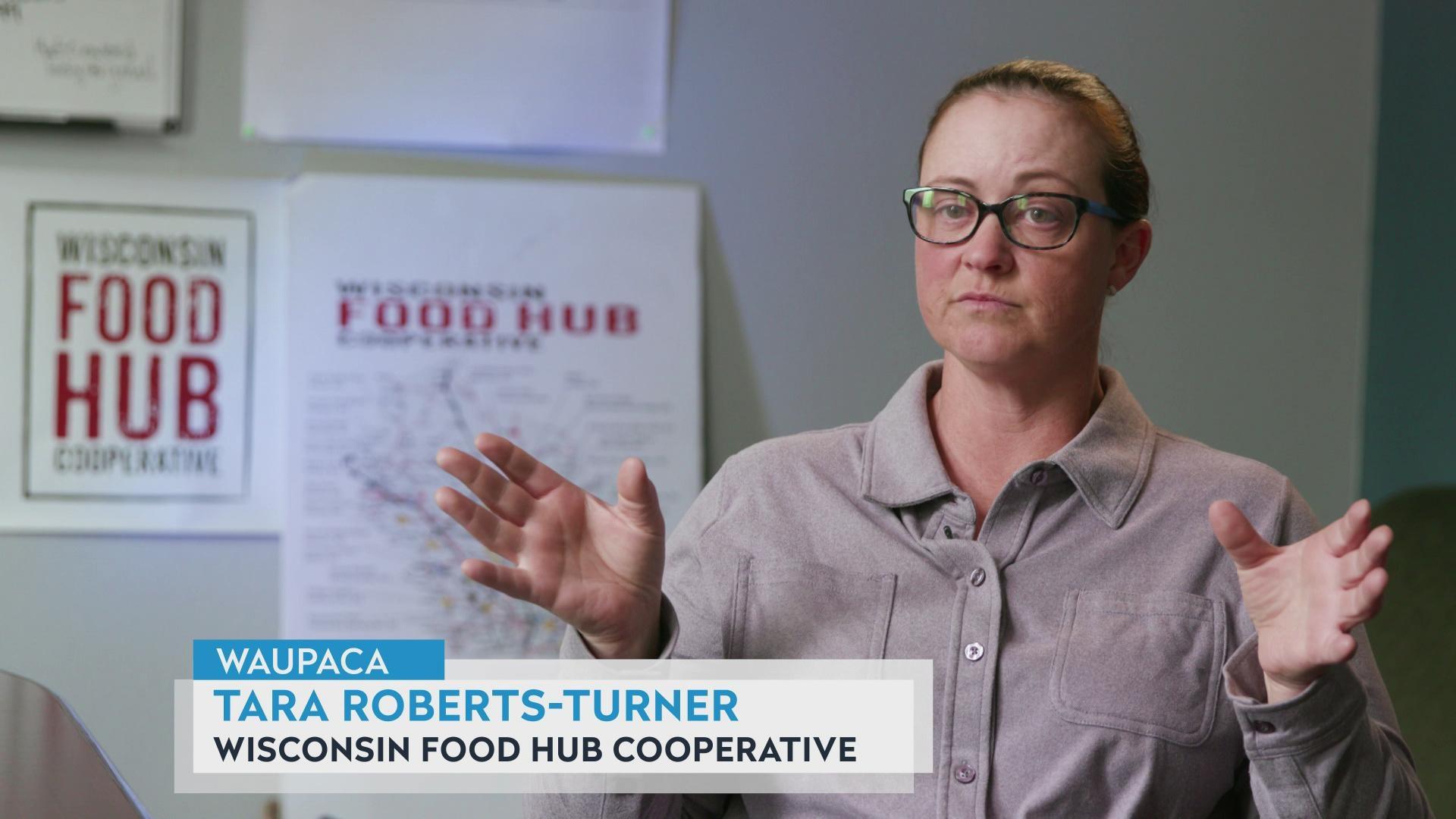
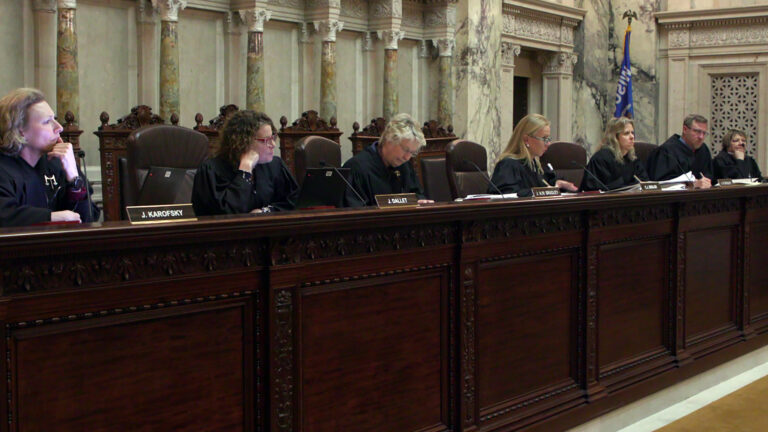
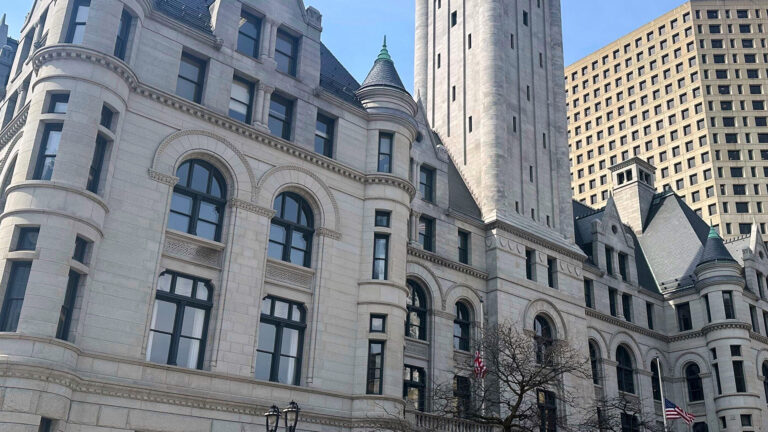
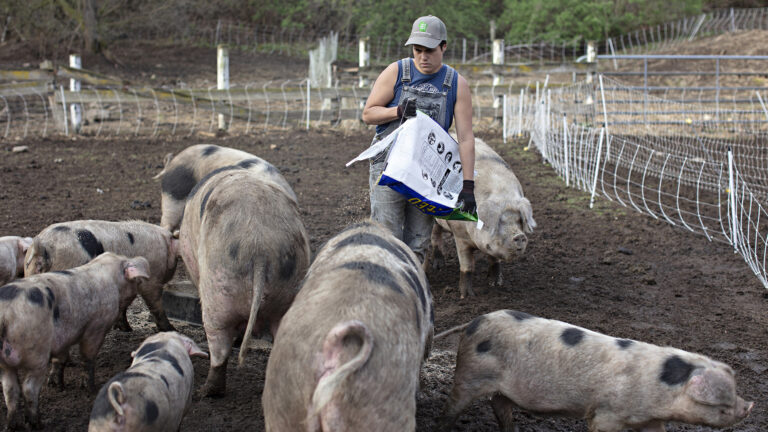


Follow Us